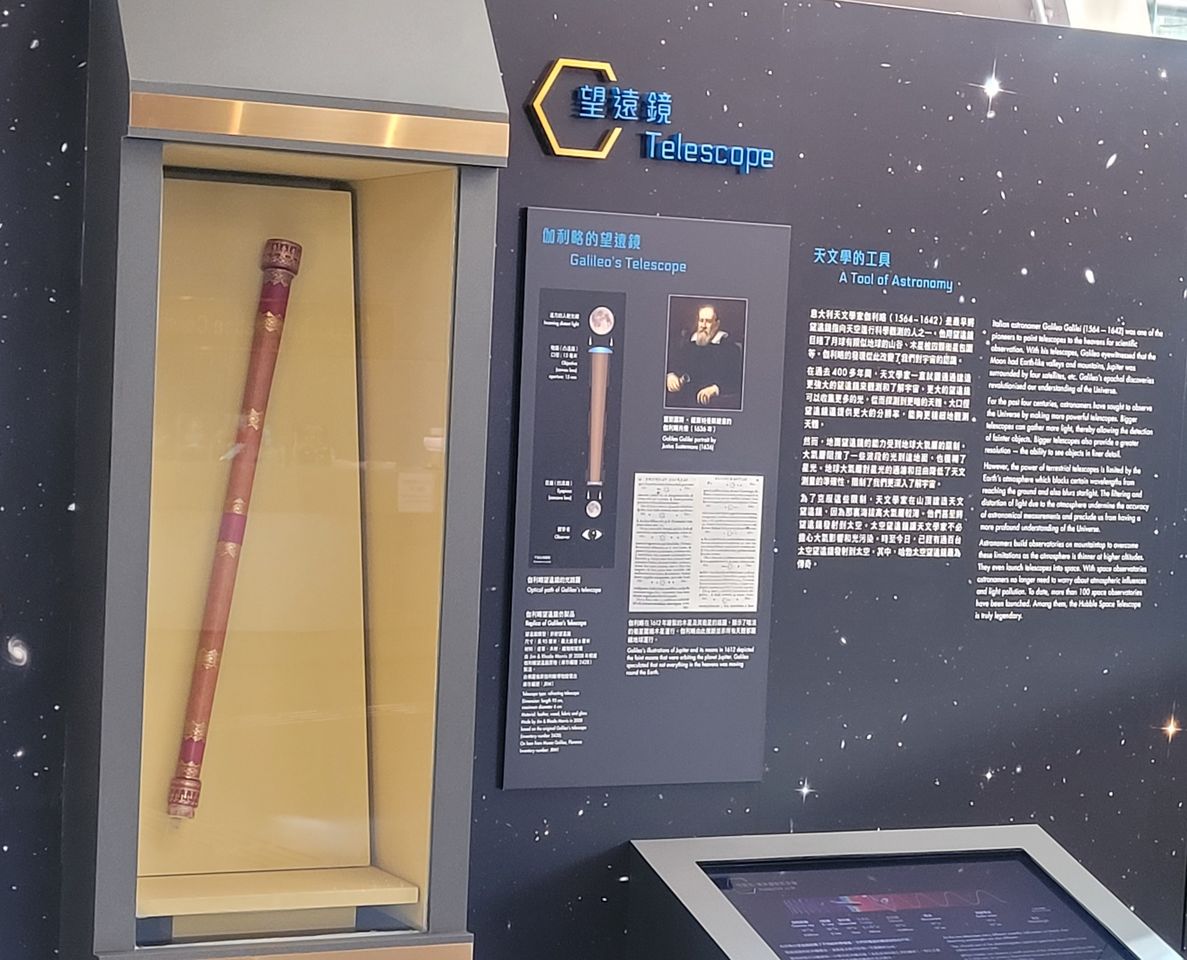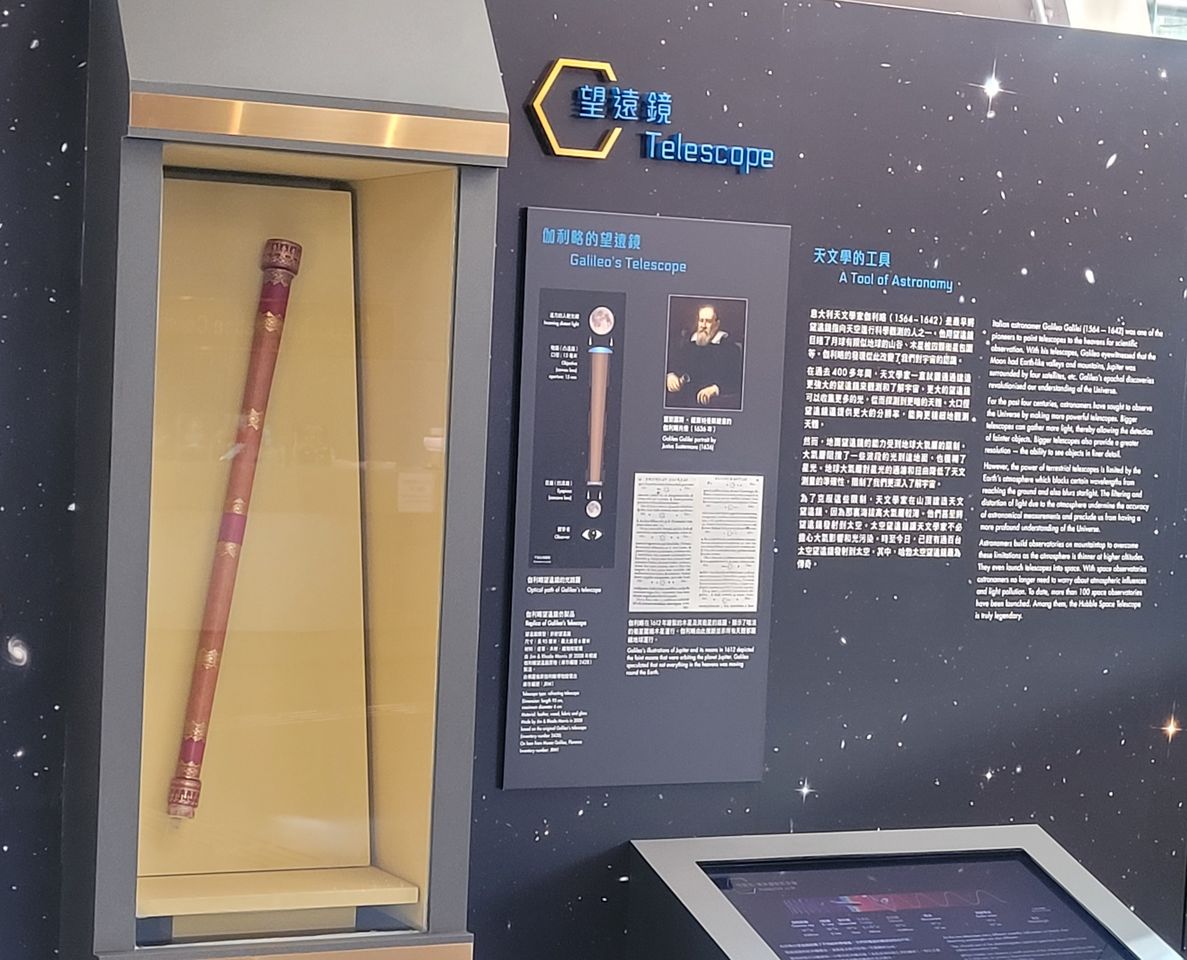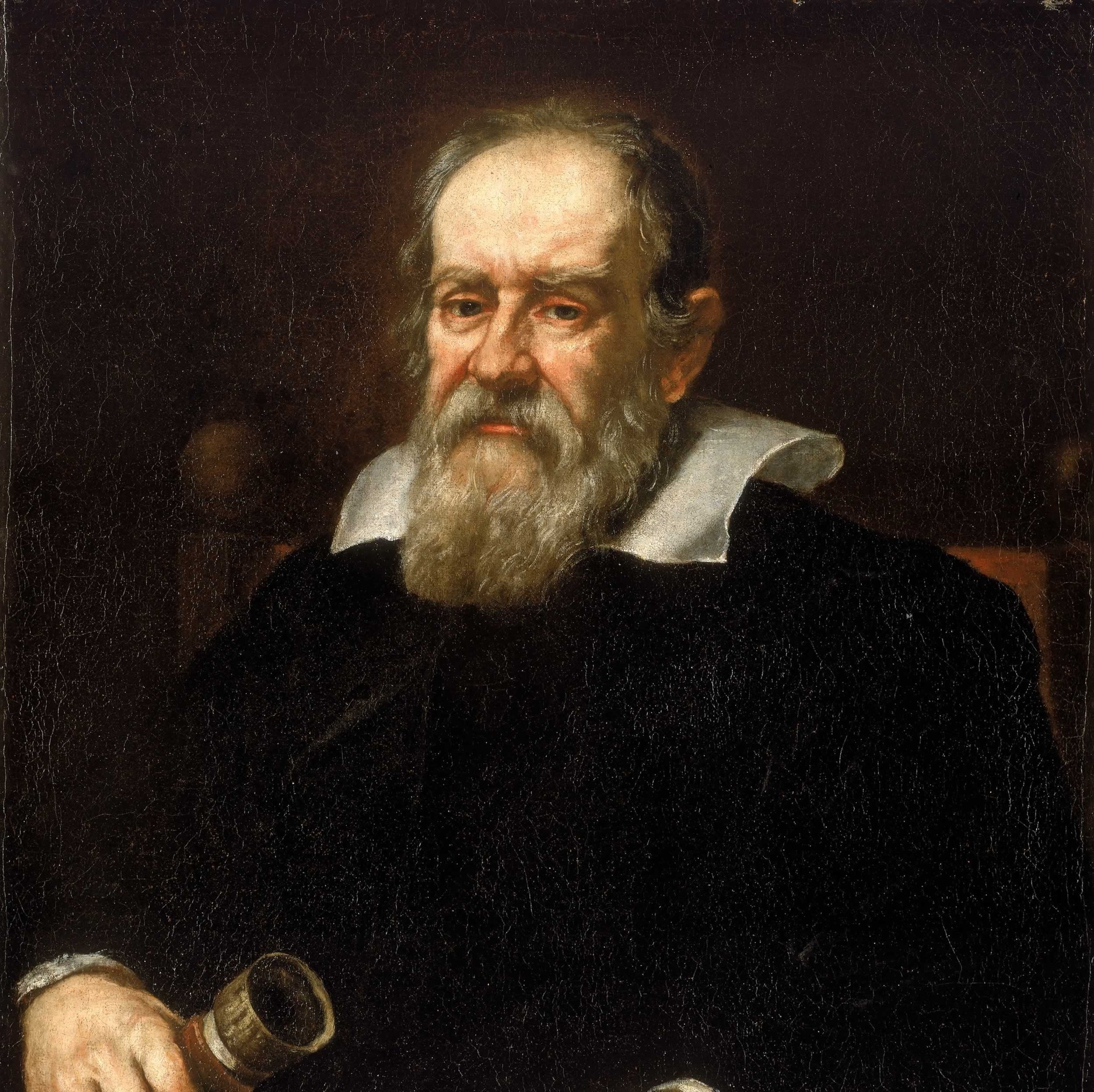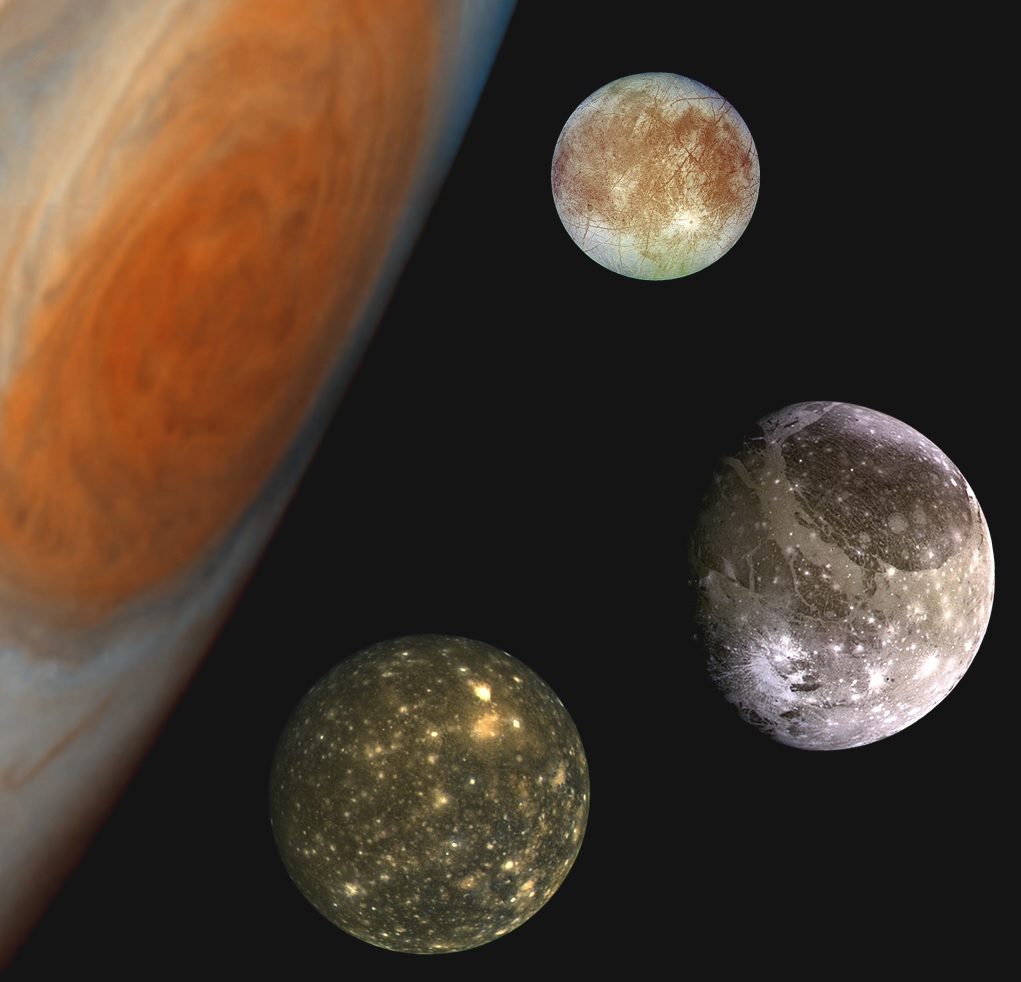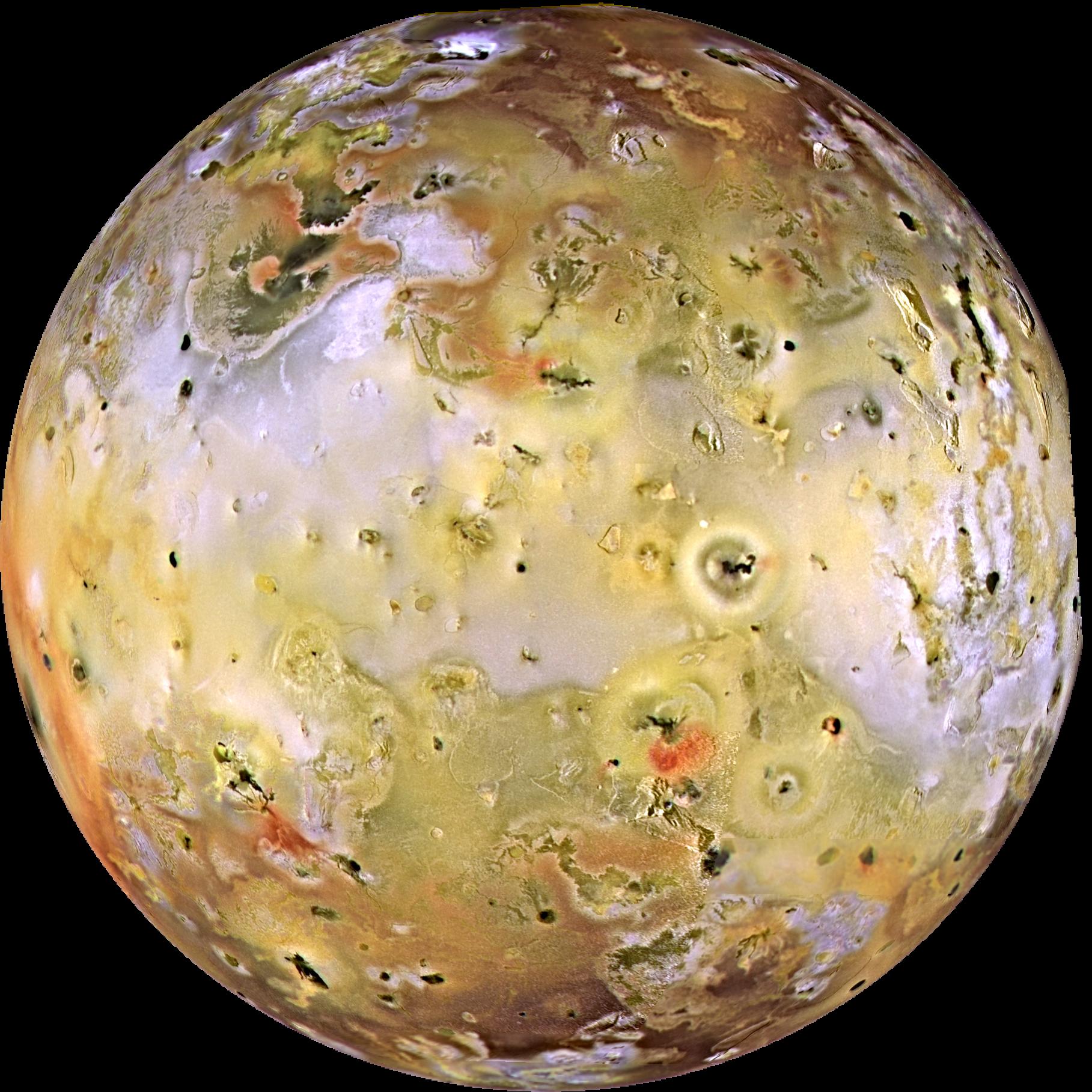In 1610, Galileo observed Jupiter through a telescope and found that three dim spots aligned on both sides of Jupiter. Galileo initially thought that they were aligned by chance. Galileo saw the three spots again the next night, but their positions had changed. Two days later, he saw the fourth one. After observing Jupiter for several consecutive nights, Galileo realised that these four spots are satellites orbiting Jupiter. That's mean not all celestial bodies orbit the Earth. These four satellites are called "Galilean satellites" to commemorate Galileo's discovery.
Galileo designed and manufactured a couple of telescopes, of which the two still remaining today are in the collection of Museo Galileo in Florence, Italy. The exhibition in the Space Museum has a replica of one of Galileo's telescopes loaned by the museum on display. The telescope is a 95-cm-long refractor with its tube covered in red leather with patterns in gold. The replica was made by Jim & Rhoda Morris in 2008 according to the original Galileo's telescope (inventory number 2428).
The exhibition brings together Galileo's telescope with the most advanced James Webb Space Telescope and presents to you 400+ years of scientific discoveries.


